Japanese researchers have developed a way to engineer glycan complexes in a way that allows the molecules to be transported preferentially to specific organs of the body.
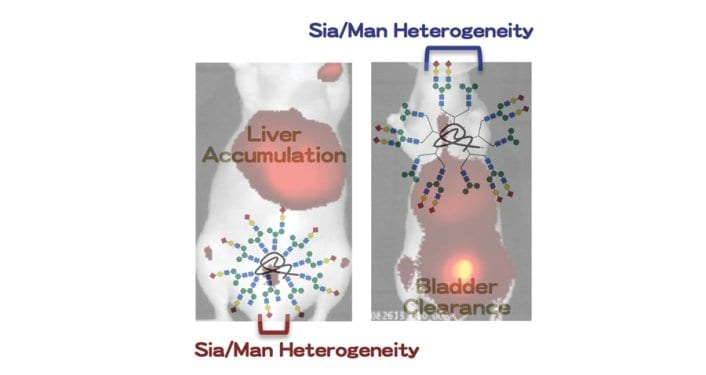

Japanese researchers have developed a way to engineer glycan complexes in a way that allows the molecules to be transported preferentially to specific organs of the body.
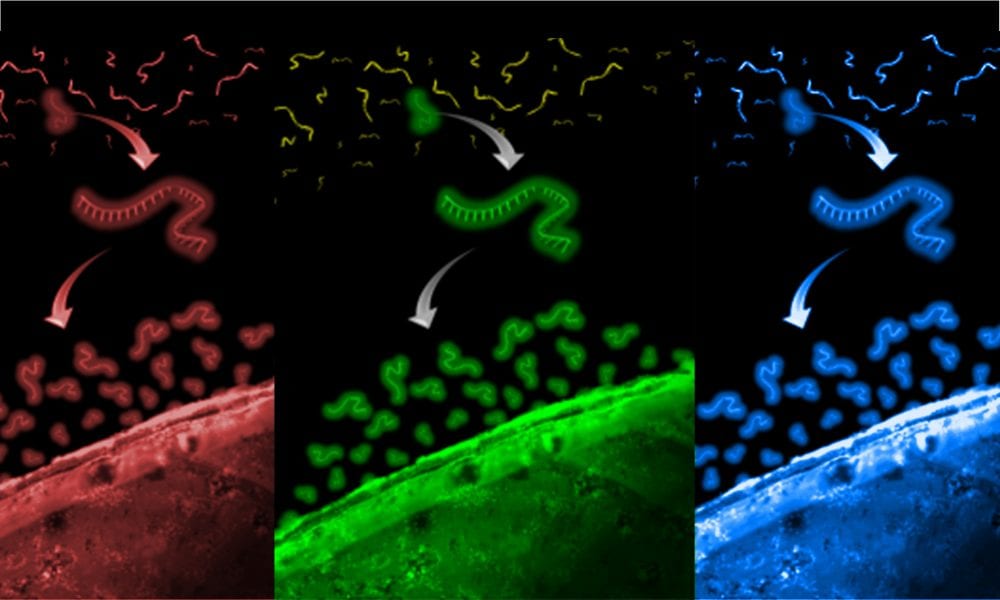
The group of Prof. Lendlein searched for polymer binding aptamers, which are able to selectively bind to specific material surfaces.
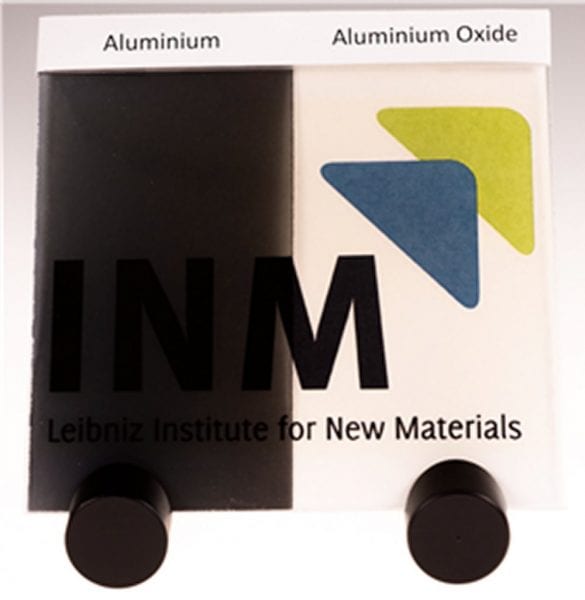
Thin films obtained by deposition of metallic, opaque aluminium and its subsequent transformation into a transparent oxide were found to show high hardness values and acceptable optical transmission values.

Biosensors, metasurfaces, and a caterpillar robot is highlighted on the November covers of Advanced Optical Materials.
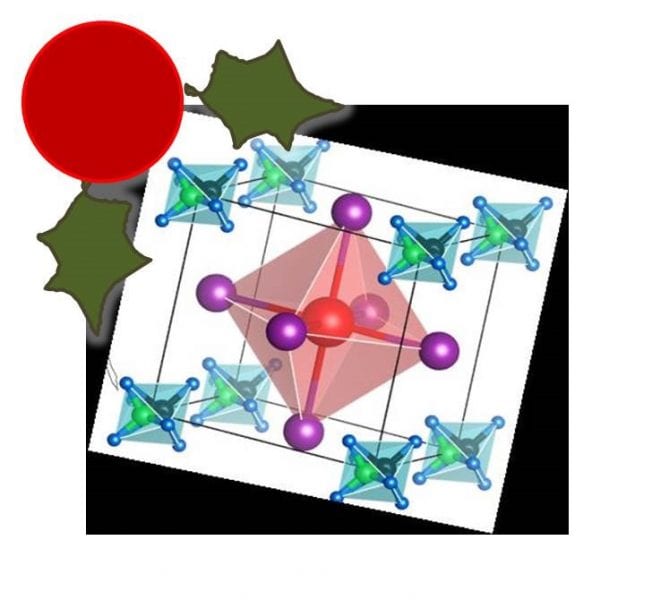
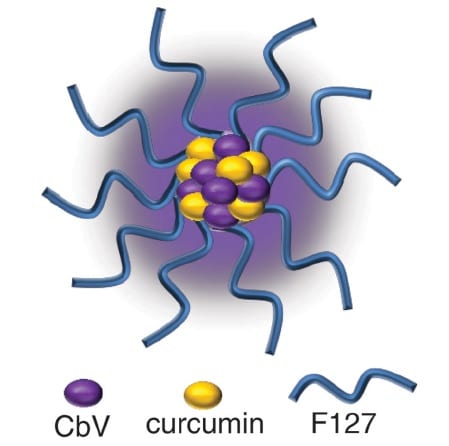
Drug carriers capable of easily crossing the BBB are being explored by a team working across locations in South Korea and the USA.
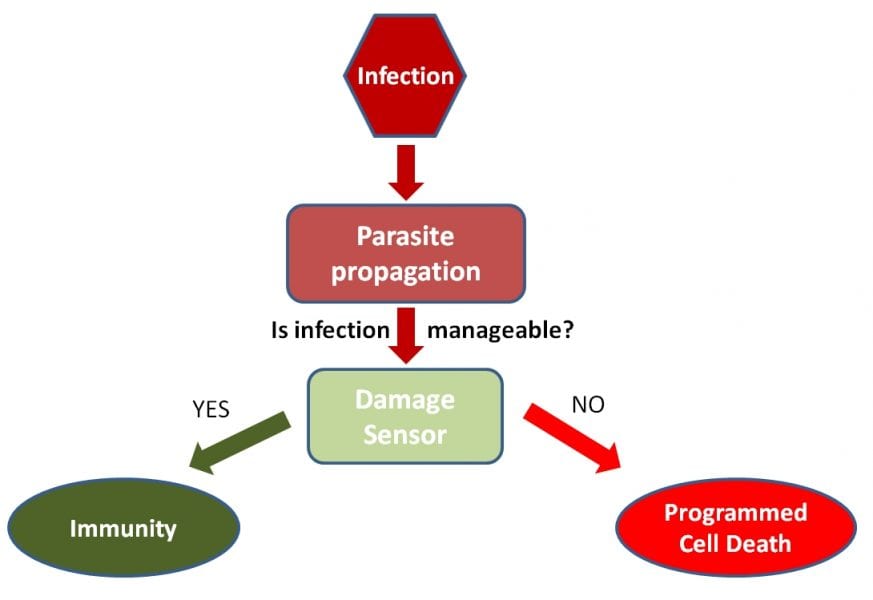
In their review in BioEssays, Eugene Koonin and Feng Zhang discuss the different outcomes when prokaryotes are infected by a virus.
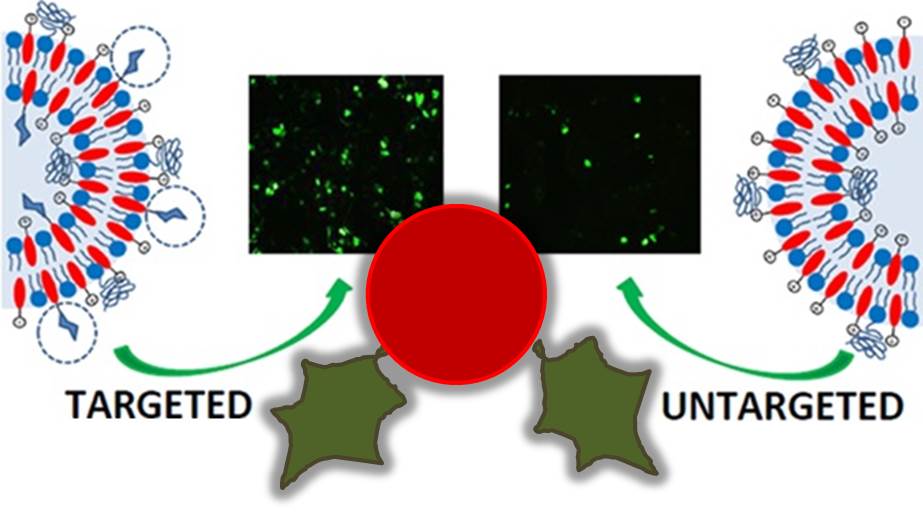
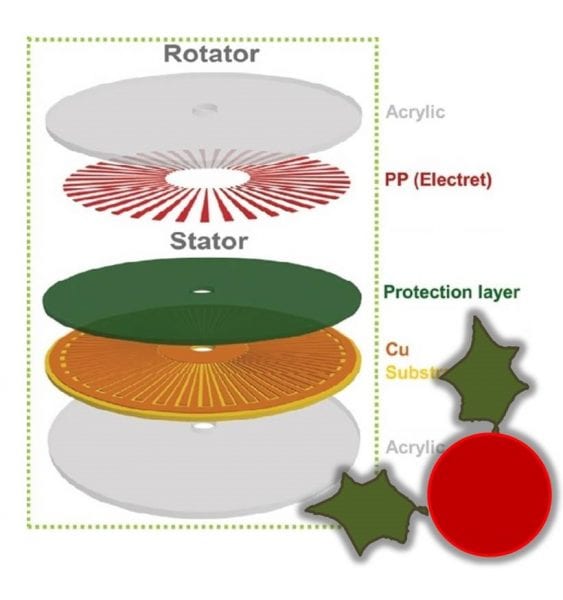
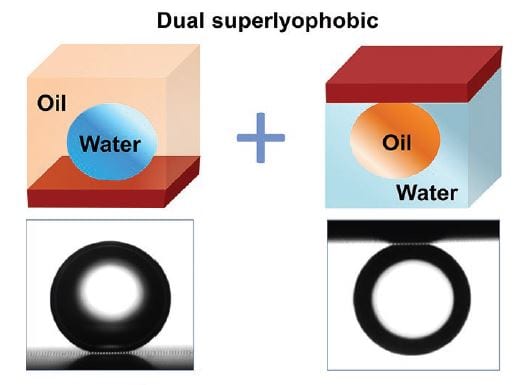
Researchers at Aalto University, in Espoo in Finland, unravel the design principles of unusual dual superlyophobic surfaces in oil–water systems.